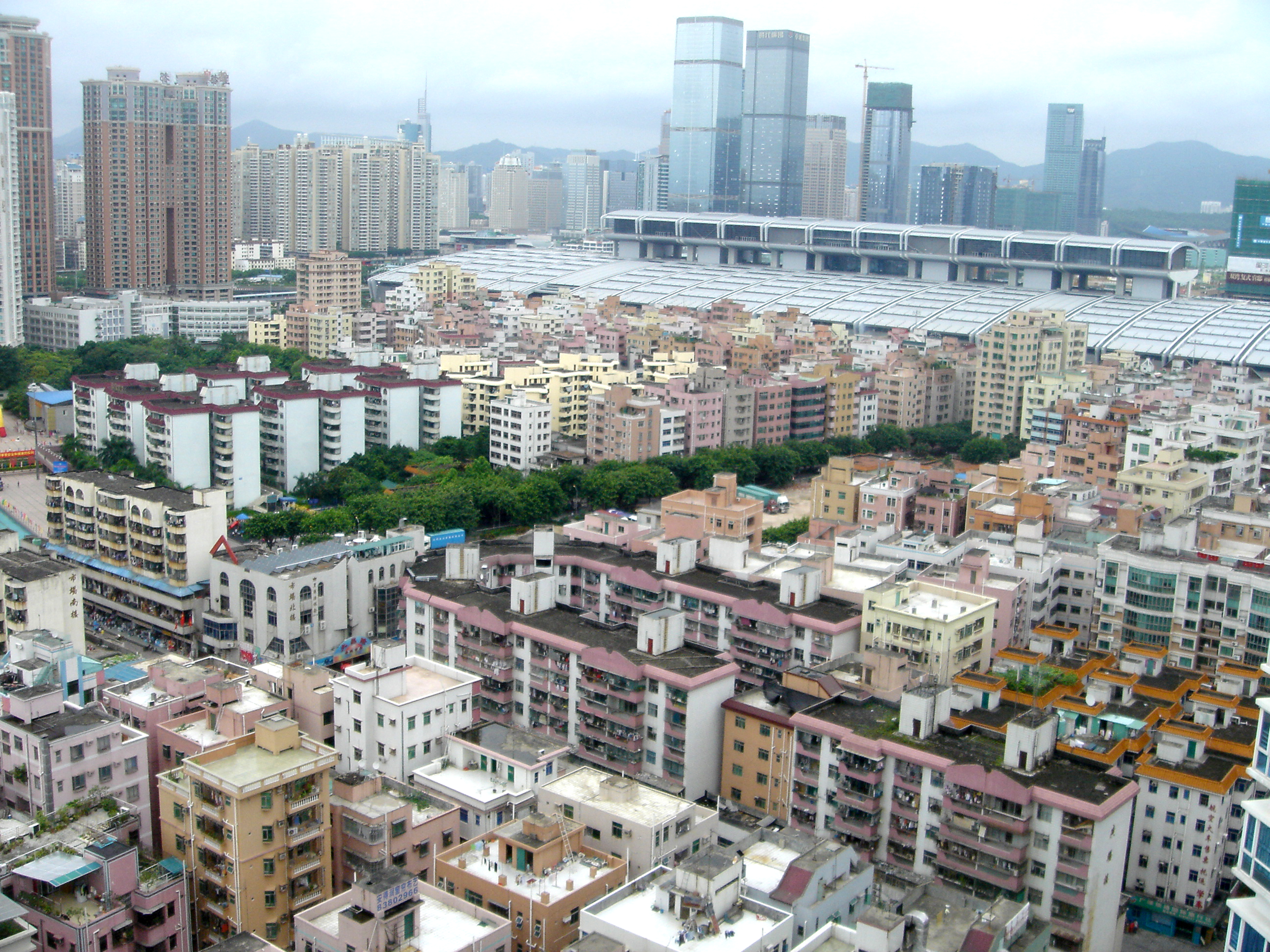Urban Village is collaboration between e-flux Architecture and the 7th Bi-City Biennale of Urbanism\Architecture (UABB) within the context of its theme, "Cities, Grow in Difference."
© 2018 e-flux and the author
